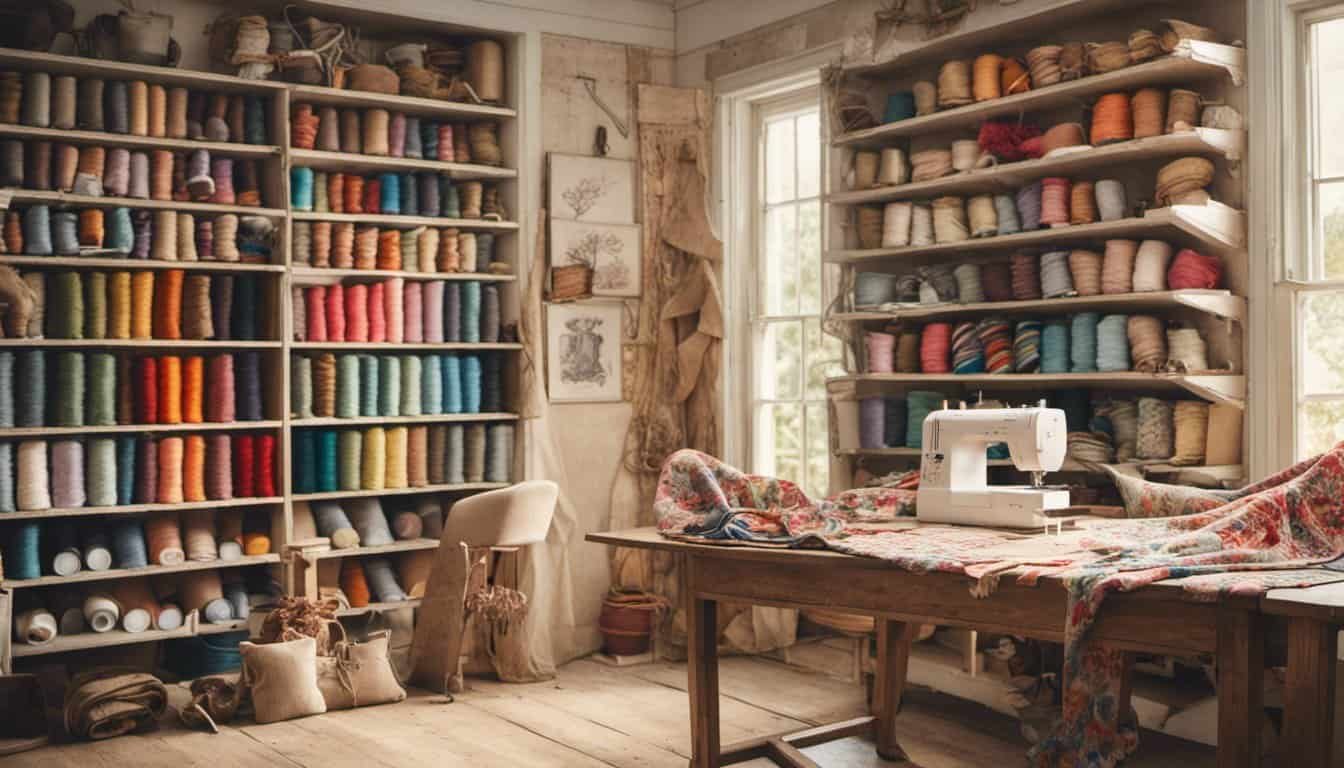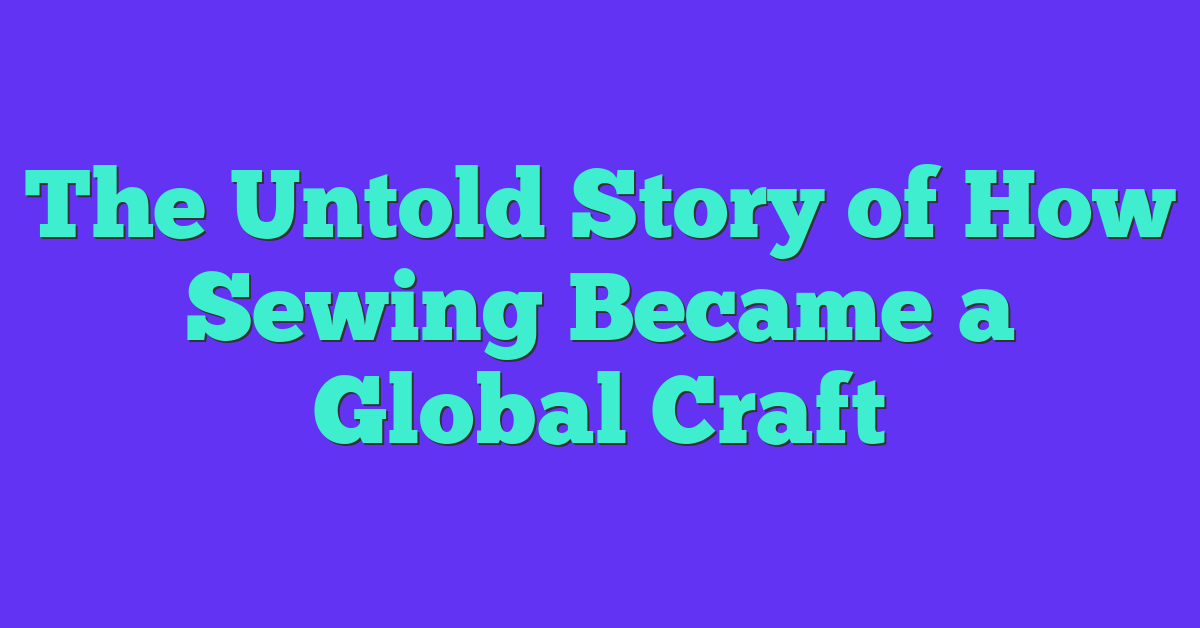Polyester fabric is everywhere—you might not even realize it. From your favorite clothing to home furnishings, this versatile material offers durability and ease of care that’s hard to beat. Whether you’re designing a wardrobe or updating your living space, understanding polyester can help you make smarter choices.
But what exactly is polyester and why is it so popular? You’ll discover how this synthetic fabric is made, its unique properties, and the best ways to use it in your projects. Embracing polyester’s strengths can enhance both style and functionality in your everyday life.
What Is Polyester Fabric
Polyester fabric is a versatile synthetic material widely used in various applications. It’s known for its strength, durability, and resistance to wrinkles and shrinking.
History And Development
Polyester was first introduced in the early 1940s by British chemists working for Imperial Chemical Industries (ICI). Commercial production began in the 1950s, revolutionizing the textile industry. Over the decades, advancements have enhanced its properties, making polyester a staple in clothing, home furnishings, and industrial uses.
Manufacturing Process
- Polymerization: Ethylene glycol and terephthalic acid react to form polyethylene terephthalate (PET).
- Spinning: PET is melted and extruded through spinnerets to create continuous fibers.
- Drawing: Fibers are stretched to align the molecules, increasing strength and elasticity.
- Weaving or Knitting: Fibers are woven or knitted into fabric using various techniques.
- Finishing: Treatments such as dyeing, printing, and applying coatings enhance the fabric’s appearance and functionality.
| Step | Description |
|---|---|
| Polymerization | Reaction of ethylene glycol and terephthalic acid to form PET |
| Spinning | Extrusion of melted PET through spinnerets into fibers |
| Drawing | Stretching fibers to align molecules for strength |
| Weaving/Knitting | Formation of fabric through weaving or knitting methods |
| Finishing | Dyeing, printing, and coating to improve aesthetics and performance |
Properties Of Polyester
Polyester fabric boasts a range of properties that make it a top choice for various applications. Understanding these characteristics helps you select the right polyester material for your projects.
Strength And Durability
Polyester fibers exhibit exceptional strength, allowing garments and textiles to withstand regular wear and tear. Resistant to stretching and shrinking, polyester maintains its shape over time. Its durability makes it ideal for high-traffic items like upholstery, outdoor gear, and activewear. Additionally, polyester’s abrasion resistance ensures longer-lasting products, reducing the need for frequent replacements.
Comfort And Maintenance
Polyester offers a comfortable feel, often blended with natural fibers to enhance softness. Its moisture-wicking properties keep you dry by drawing sweat away from the body, making it perfect for sportswear and performance fabrics. Easy to care for, polyester is machine washable and dries quickly, saving you time on laundry. The fabric resists wrinkles and holds color well, ensuring your creations look fresh and vibrant with minimal upkeep.
Advantages Of Polyester
Polyester delivers numerous benefits that make it a top choice for your sewing, embroidery, knitting, and crafting projects:
- Durability and Strength
Polyester fibers resist stretching and shrinking, ensuring your creations maintain their shape. This strength makes polyester ideal for high-wear items like activewear, upholstery, and tote bags.
- Easy Care
Polyester is machine washable and dries quickly. It resists wrinkles and retains color, minimizing the need for ironing and prolonged drying times. This ease of maintenance keeps your fabrics looking fresh with minimal effort.
- Moisture-Wicking
Polyester effectively wicks moisture away from the body, keeping you dry and comfortable. This property is perfect for crafting sportswear and performance fabrics that stay cool during physical activities.
- Cost-Effective
Generally more affordable than natural fibers like cotton or silk, polyester offers a budget-friendly option without sacrificing quality. This cost-effectiveness allows you to complete larger projects without breaking the bank.
- Versatility in Design
Polyester blends well with other fibers, offering a variety of textures and finishes. Whether you’re sewing lightweight dresses, embroidered patches, or knitted scarves, polyester adapts to diverse crafting needs.
- Resistance to Stains and Mildew
The non-porous surface of polyester repels common stains and resists mildew growth. This resistance ensures your projects stay cleaner longer and withstand varying environmental conditions.

- Colorfastness
Polyester holds dye exceptionally well, resulting in vibrant and long-lasting colors. Your embroidered designs and knitted patterns remain bold and bright, even after multiple washes.
- Lightweight and Comfortable
Despite its strength, polyester remains lightweight, providing comfort without adding bulk. This balance makes it suitable for a wide range of garments and accessories.
By leveraging these advantages, you can enhance the quality and functionality of your crafting projects with polyester fabric.
Disadvantages Of Polyester
Despite its benefits, polyester presents several drawbacks that may impact your crafting projects.
Environmental Concerns
Polyester production consumes significant fossil fuels. Additionally, it lacks biodegradability, contributing to environmental pollution.
Breathability Issues
« Unlock Stunning Styles: How to Create a Layered Look with Sewing in Easy Steps
Discover 10 Must-Know Sewing with Silk Tips for Beginners You Can’t Miss »
The synthetic fibers restrict airflow, leading to discomfort in warm conditions. Choose alternative fabrics for items requiring enhanced breathability.
Pilling Tendency
Polyester is susceptible to pilling after multiple washes. This affects the fabric’s texture and appearance over time.
Heat Sensitivity
High temperatures during ironing or drying can damage polyester. Proper care maintains fabric integrity and prolongs lifespan.
Static Build-up
Polyester fabrics often generate static electricity, attracting dust and causing garments to cling. This affects comfort and cleanliness.
Odor Retention
Polyester can trap odors, making it harder to eliminate smells compared to natural fibers. Regular washing is necessary to keep fabrics fresh.

Limited Biocompatibility
Polyester may cause skin irritation for some individuals. Opt for hypoallergenic fabrics if sensitivity is a concern.
UV Degradation
Prolonged exposure to sunlight can weaken polyester fibers, leading to color fading and reduced strength. Store polyester items away from direct sunlight to preserve quality.
Best Uses Of Polyester Fabric
Polyester fabric excels in various applications due to its durability and versatility. Explore how it’s utilized in different industries below.
In Apparel
Polyester dominates activewear, outerwear, and performance garments. Athletes choose moisture-wicking shirts and breathable jackets. Fashion brands create wrinkle-resistant dresses and sturdy suits using polyester blends.
In Home Furnishings
Polyester enhances home furnishings with strength and easy maintenance. Upholstery benefits from stain-resistant sofas and durable chairs. Curtains, bedding, and rugs feature vibrant colors and long-lasting fabrics made from polyester.

In Industrial Applications
Polyester plays a crucial role in industrial settings thanks to its robustness. It’s used in seat belts, conveyor belts, and automotive fabrics. Additionally, polyester fibers reinforce insulation materials and are essential in tire manufacturing.
Conclusion
Choosing polyester means opting for a fabric that blends durability with versatility. You’ll appreciate how it stands up to everyday use while keeping your items looking fresh. Whether you’re updating your wardrobe or enhancing your home, polyester offers practical benefits that fit your lifestyle.
Embracing polyester allows you to enjoy stylish and functional pieces without the hassle of constant maintenance. Its wide range of applications makes it a reliable choice for various projects and needs. By understanding its strengths and addressing its drawbacks, you can make informed decisions that enhance both your creations and your comfort.

















